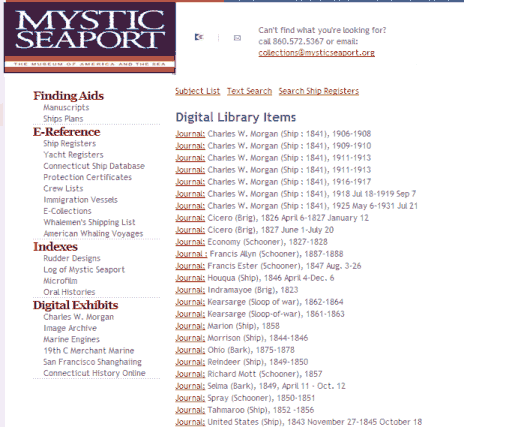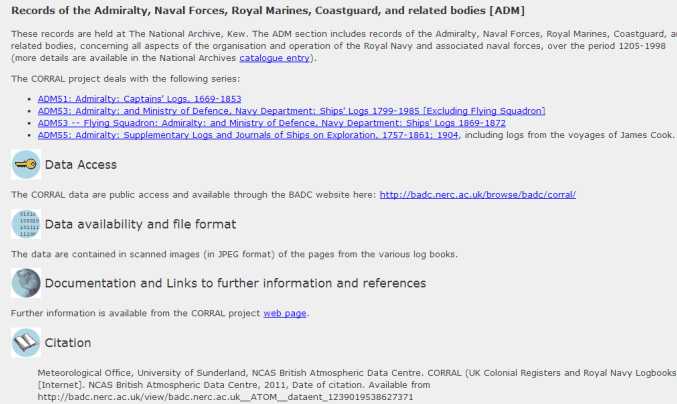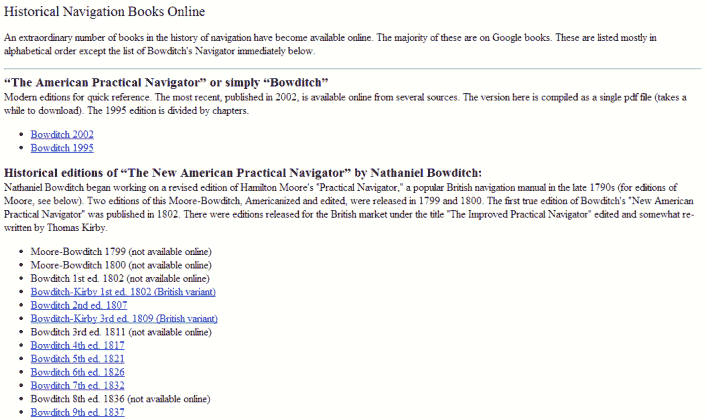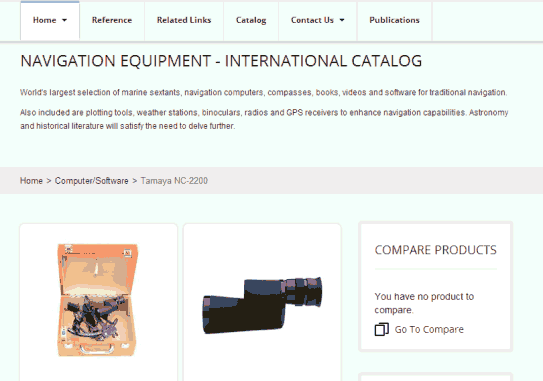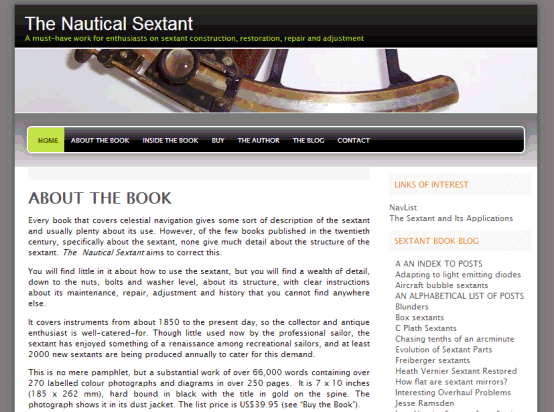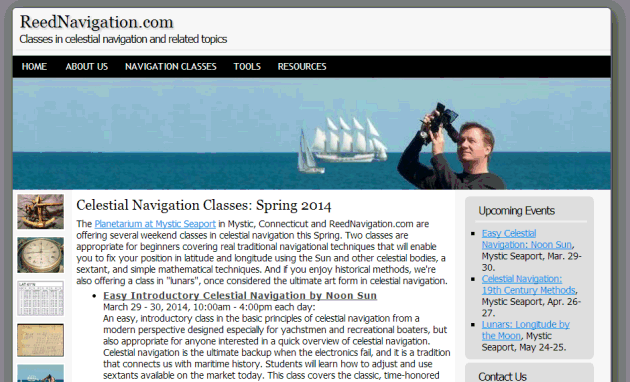
NavList:
A Community Devoted to the Preservation and Practice of Celestial Navigation and Other Methods of Traditional Wayfinding
From: Modris Fersters
Date: 2021 Jun 13, 13:34 -0700
Hello, Peter! Thank you for your post!
You wrote:
How much difference are you seeing? Can you see it by placing the two solar images in contact, then slowly rolling the sextant 180 degrees (without touching the micrometer assembly)? A difference of, say, 0.3' or larger would be visible this way
The difference is dependent on the direction I rotate micrometer. If I rotate it clockwise, then difference is about 0,6 minutes. In this case after rolling sextant by 180 degrees (as you proposed), indeed the two images of the Sun became slightly out of aligment.
If I rotate micrometer counterclokwise the difference between the IE values is about 0,3 minutes.
These differences are caused by movement of the free end of the index arm perpendicular to the plane of the instrument. When sextant is with it face downward and I rotate micrometer clockwise, the friction between worm and rack (plus index arm self weight) favours index arm to move away from frame.
But these movements are very, very small.
I disassembled and assembled index bearing following step by step instructions of sextant expert Bill Morris (big thanks to him!). But I could not finde any perceptible movement in the bearing.
But anyway I am quite satisfied with my sextant SNO-M. Errors of position lines (by artificial horizon) typicaly are 0,05…0,2nm. Only some (the worst) results gives erorrs of 0,28nm (this means that in the worst case the total angle error is 0,56 minutes of arc, because the usage of the AH increases the accuracy twice).
But I am curious: is this problem typical for sextants. Therefore I proposed this sextant experiment.
Modris

